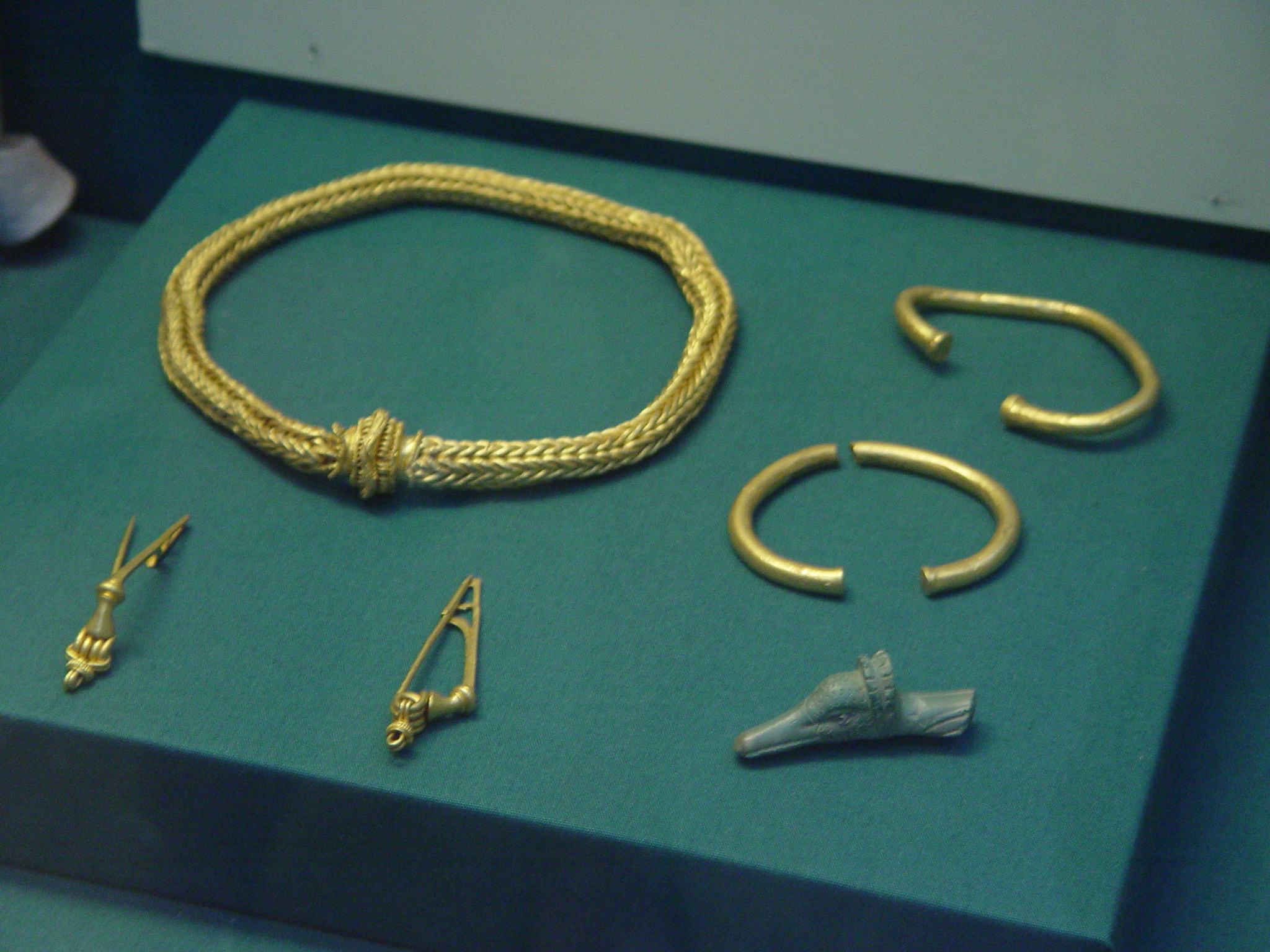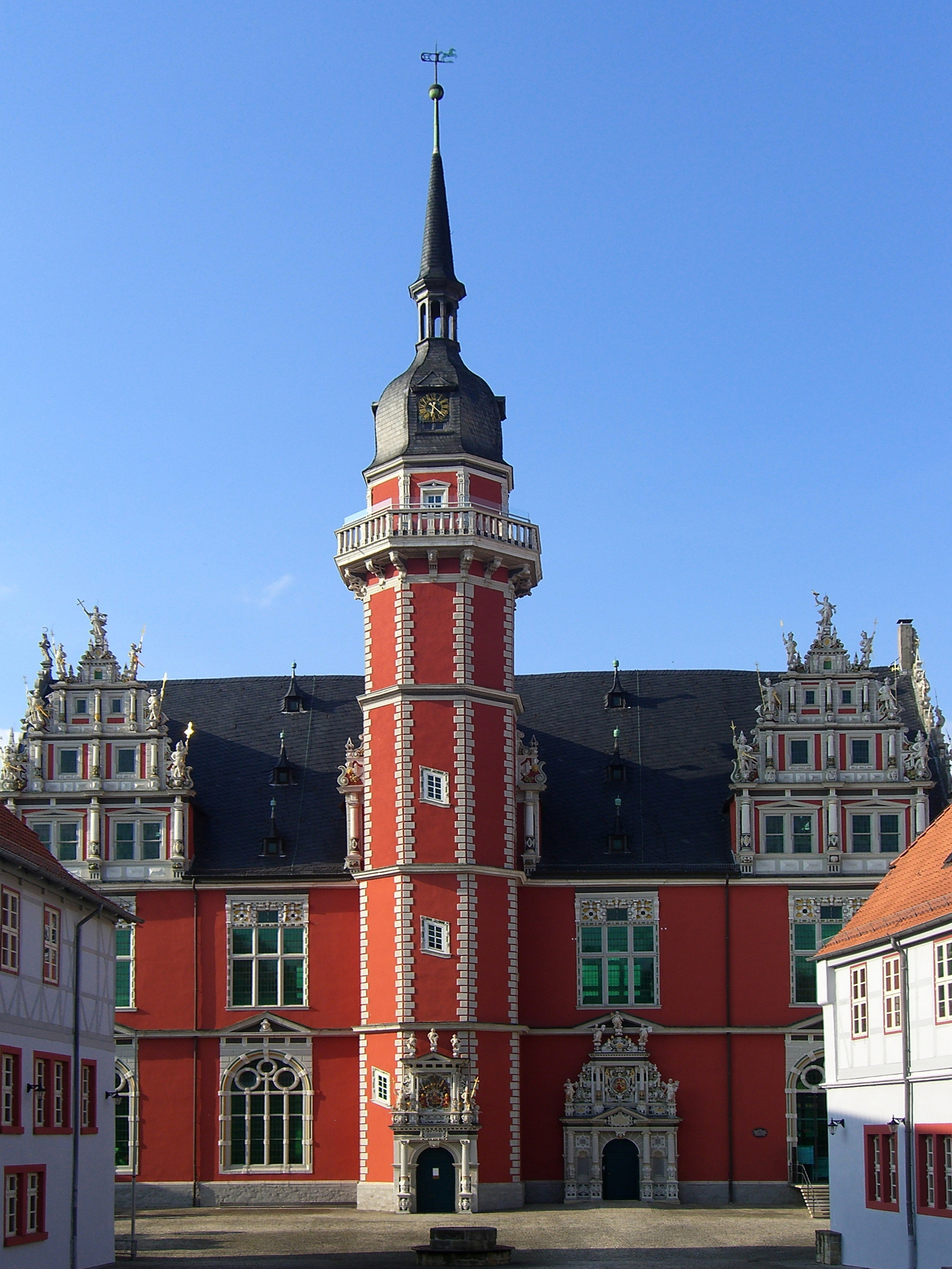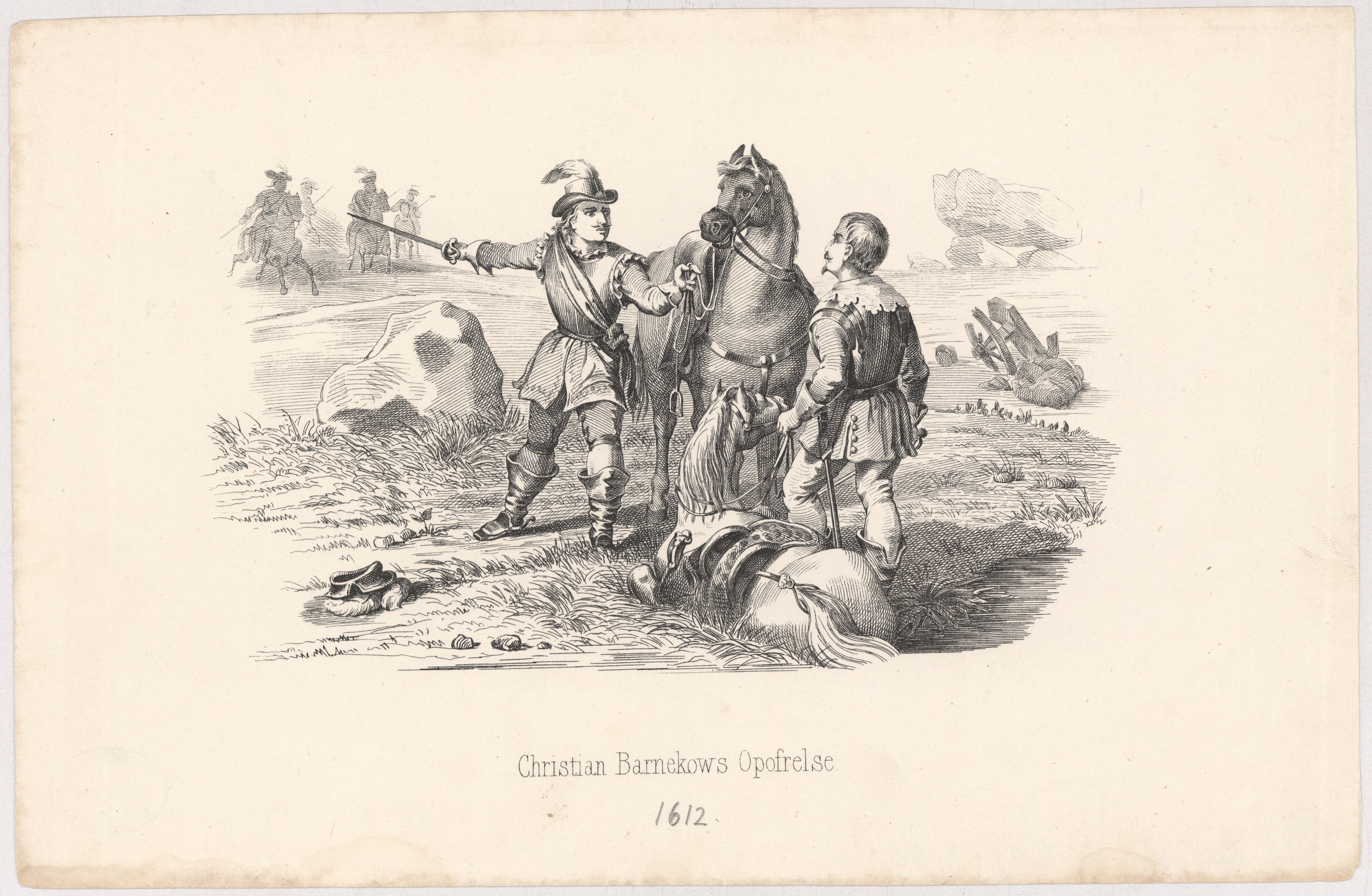|
Diplomatic Gift
A diplomatic gift is a gift given by a :diplomat, politician or leader when visiting a foreign country. Usually the gift is reciprocated by the host. The use of diplomatic gifts dates back to the ancient world and givers have competed to outdo each other in the lavishness of their gifts. Examples include silks given to the West by the Byzantines in the early Middle Ages,"Silken diplomacy" by Anna Muthesius in Shepard J. & Franklin, Simon. (Eds.) (1992) ''Byzantine Diplomacy: Papers from the Twenty-fourth Spring Symposium of Byzantine Studies, Cambridge, March 1990.'' Aldershot: Variorum, pp. 236–248. the luxury book,"The luxury book as diplomatic gift" by John Lowden in Shepard J. & Franklin, Simon. (Eds.) (1992) ''Byzantine Diplomacy: Papers from the Twenty-fourth Spring Symposium of Byzantine Studies, Cambridge, March 1990.'' Aldershot: Variorum, pp. 249–260. and panda diplomacy by the Chinese in the twentieth century. The Middle Ages In 757 Byzantine emperor Constantine ... [...More Info...] [...Related Items...] OR: [Wikipedia] [Google] [Baidu] |
Winchester Hoard
The Winchester Hoard is a hoard of Iron Age gold found in a field in the Winchester area of Hampshire, England, in 2000, by a retired florist and amateur metal detectorist, Kevan Halls. It was declared treasure and valued at £350,000—the highest reward granted under the Treasure Act 1996 at that time. The hoard consists of two sets of jewellery of a very high purity of gold dating from 75 to 25 BCE. Although, the items pre-date the Roman conquest of Britain in 43 CE, the manufacturing technology was Roman rather than Celtic. The total weight of the items is nearly . The find was described as "the most important discovery of Iron Age gold objects" for fifty years; and the items were probably an "expensive", " diplomatic gift". The brooches alone were "the third discovery of its kind from Britain". The Winchester Hoard is now housed at the British Museum in London. Discovery and valuation The hoard was discovered near Winchester over a series of trips to a farmer's plo ... [...More Info...] [...Related Items...] OR: [Wikipedia] [Google] [Baidu] |
James Stewart, Earl Of Arran
Captain James Stewart, Earl of Arran (died 1595) was created Earl of Arran by the young King James VI, who wrested the title from James Hamilton, 3rd Earl of Arran. He rose to become Lord Chancellor of Scotland and was eventually murdered in 1595. Career He was the second son of Andrew Stewart, 2nd Lord Ochiltree, by his wife Agnes, the daughter of John Cunningham, 5th of Capringtoun, Ayrshire. Stewart's sister, Margaret, was married to the reformer John Knox. In April 1573, James was sent as a "pledge" or hostage to England for the security of the English army and artillery sent to the "Lang Siege" of Edinburgh Castle, which was held by supporters of Mary Queen of Scots. Regent Morton gave him £55 for his expenses in England. He was Captain of the Royal Guard of James VI, served with the Dutch forces in the Netherlands against the Spanish, and returned to Scotland in 1579. James quickly became a favourite of the young king, and in 1580 was made Gentleman of the Bedchamber ... [...More Info...] [...Related Items...] OR: [Wikipedia] [Google] [Baidu] |
Christophe De Harlay, Count Of Beaumont
Christophe de Harlay, Count of Beaumont (1570–1615) was a French politician and diplomat who served as ambassador to England. He was the son of Achillee de Harlay, seigneur de Beaumont (1504–1572) and Catherine de Thou. He married Anne Rabot in June 1599. She was a daughter of Ennemond Rabot d'Illins (1543–1603). At the court of Elizabeth I Beaumont came to England in November 1601 to advise on maritime issues and subsequently replaced the resident French ambassador, Monsieur de Boissise. In March 1602 Beaumont reported news that James VI of Scotland would send 2,000 men to fight in Ireland. He used the word "sauvages", savages, for these soldiers. Beaumont heard that the King of Spain was bankrolling a faction in Scotland, and Henry IV's ambassador to Scotland, Charles Cauchon de Maupas de Tour, should know about it. De Tour was bringing a gift of mules and dogs to James VI. In July 1602 his wife attended Elizabeth I at Greenwich Palace and gave her maids of honour gifts ... [...More Info...] [...Related Items...] OR: [Wikipedia] [Google] [Baidu] |
Ulrich, Duke Of Mecklenburg
Ulrich III, Duke of Mecklenburg or Ulrich III of Mecklenburg-Güstrow (5 March 1527 – 14 March 1603) was Duke of Mecklenburg ( -Güstrow) from 1555-56 to 1603. Early life Ulrich was the third son of Duke Albrecht VII and Anna of Brandenburg. Ulrich was educated at the Bavarian court. Later, he studied theology and law in Ingolstadt. After the death of his father, he took up residence in Bützow and succeeded his cousin Duke Magnus III of Mecklenburg-Schwerin as Lutheran administrator of the Prince-Bishopric of Schwerin in 1550. Later, he married Magnus's widow, Elizabeth, a daughter of King Frederick I of Denmark. His wife was actually a first cousin of his maternal grandmother Elizabeth of Denmark, daughter of John, King of Denmark. They were first cousins, twice removed. After the death of Elizabeth he married Anna, daughter of Philip I, Duke of Pomerania. After the death of his uncle, Henry V, Duke of Mecklenburg, Ulrich participated in the national government, es ... [...More Info...] [...Related Items...] OR: [Wikipedia] [Google] [Baidu] |
Henry Julius, Duke Of Brunswick-Lüneburg
Henry Julius (; 15 October 1564 – 30 July 1613), a member of the House of Welf, was Duke of Brunswick-Lüneburg and ruling Prince of Brunswick-Wolfenbüttel from 1589 until his death. He also served as administrator of the Prince-Bishopric of Halberstadt from 1566 and of the Prince-Bishopric of Minden between 1582 and 1585. Biography Early life Henry Julius was born in Hessen am Fallstein as the eldest son of Duke Julius of Brunswick-Lüneburg (1528–1589) and his wife Hedwig of Brandenburg (1540–1602), at the time when the Principality of Brunswick-Wolfenbüttel was still under the rule of his grandfather Duke Henry V. Already in 1566, at the age of two, he was elected Lutheran administrator of the Halberstadt bishopric by the cathedral chapter; however, a condition of his election was an agreement that the cathedral chapter would lead the prince-bishopric under its own authority until Henry Julius reached the age of 14. His father implemented the Protestant Reformat ... [...More Info...] [...Related Items...] OR: [Wikipedia] [Google] [Baidu] |
Adam Crusius
Adam Crusius or Crause (died 1608) was a German diplomat. He was from Bortfeld. Life and career In August 1594 he was sent to the baptism of Prince Henry at Stirling Castle as the representative of the Duke of Brunswick. He attended a banquet in the Great Hall of Stirling Castle, and James VI danced for the ambassadors. A few days after, Crusius and Joachim von Bassewitz, the ambassador from Mecklenburg, co-hosted a banquet for the other diplomats in the Palace at the castle. Crusius presented a chain of gold pea-pods enameled with green, with a locket containing a miniature portrait of the Duke of Brunswick and the story of '' Diana and Actaeon'' on the lid, and a chain made of gold whelk shells for Anne of Denmark. James VI of Scotland gave Crusius a gold chain weighing 30 ounces worth 300 French crowns provided by Thomas Foulis. He came to England for the coronation of King James in July 1603 and was lodged at Twickenham Park. The Venetian diplomat Giovanni Carlo Scarame ... [...More Info...] [...Related Items...] OR: [Wikipedia] [Google] [Baidu] |
Steen Bille
Steen Bille (1565–1629) was a Danish councillor and diplomat. He was the son of Jens Bille and Karen Rønnow, and is sometimes called "Steen Jensen Bille". His father compiled a manuscript of ballads, Jens Billes visebog. As a young man Bille travelled in Europe. He then worked for the council of Danish Regents for the young Christian IV. Missions to Scotland Anne of Denmark set out from Copenhagen to Scotland to meet her husband James VI of Scotland in September 1590. The weather forced her to shore near Oslo. Steen Bille, William Stewart, and Andrew Sinclair brought Anne's letters to Edinburgh on 10 October. She described the delay and four or five failed attempts to cross the North Sea, and said she had decided to stay in Norway over the winter. An English man at court, Thomas Fowler wrote that Steen Bille was well "travelled, and some time in England." Flekkerøy and Oslo James VI decided to sail to Norway and escort her back to Denmark. Steen Bille sailed with James ... [...More Info...] [...Related Items...] OR: [Wikipedia] [Google] [Baidu] |
Christian Barnekow (1556–1612)
Christian Barnekow (24 January 1556 – 21 February 1612) was a Danish nobleman, estate holder and diplomat. He was noted for his extensive travels. He is remembered for sacrificing his own life in an effort to save that of Christian IV in the Battle of Skillingehed at Varberg in Halland. He is thus credited with giving his horse to the king with the words "I give my horse to the king, my life to the enemy and my soul to God". His holdings included Birkholm (now Løvenborg) and Tølløsegård at Holbæk. The street Kristen Bernikows Gade in Copenhagen is named after him. It is located on the site of his former city home. Early life and education Barnekow was a son of Pomeranian nobleman Hans Mortensen Barnekow of Birkholm (d. 1559) and Mette Johansdatter Oxe (d. 1582), sister of Danish finance minister and Steward of the Realm, Peder Oxe (1520–1575). His father had acquired Birkholm (now Løvenborg) from the Crown in 1547 at which time he was also ennobled. Barnekow ... [...More Info...] [...Related Items...] OR: [Wikipedia] [Google] [Baidu] |
Masque At The Baptism Of Prince Henry
A masque was held at the baptism of Henry Frederick, Prince of Wales, Prince Henry on 30 August 1594 at Stirling Castle. It was written by the Scottish poet William Fowler (makar), William Fowler and Patrick Leslie, 1st Lord Lindores. Prince Henry, born 19 February 1594, was the first child of James VI of Scotland and Anne of Denmark. He was heir apparent to the throne of Scotland and potentially in line to the throne of England. William Fowler composed the masque and wrote an account of the celebrations in ''A True Reportarie of the Baptisme of the Prince of Scotland'' (1594) printed in Edinburgh and London. An English spectator also made a report of the events. The programme owed much to Catherine de' Medici's court festivals, French Valois court festival, while some aspects were attuned to please English audiences and readers of Fowler's book. There was a tournament in exotic costume and a masque during which desserts were served, while Latin mottoes were displayed and verses ... [...More Info...] [...Related Items...] OR: [Wikipedia] [Google] [Baidu] |
James Thomson Gibson-Craig
James Thomson Gibson-Craig (12 March 1799 – 18 July 1886) was a Scottish book collector and writer to the Signet. Early life, education, and career Gibson-Craig was born on 12 March 1799 as the second son of James Gibson (1765–1850), and his wife Anne (d. 1837), ''née'' Thomson; his father was a Clerk of the Signet and had married Anne in 1796. He double-barrelled his name with "Craig" on royal license in 1823, and was created a baronet in 1831. His elder brother and father's heir, William Gibson-Craig, 2nd Baronet, became a notable Member of Parliament and advocate. Gibson-Craig attended the Royal High School at the University of Edinburgh. In 1824, he was admitted writer to the Signet. Gibson-Craig was apprenticed under his father and practiced as a partner in the firm J. T. Gibson-Craig, Dalziel, and Brodies. Antiquarian tastes In Edinburgh, Gibson-Craig ingratiated himself into the city's cultivated circles, gathering over antiquarian, literary, and artistic top ... [...More Info...] [...Related Items...] OR: [Wikipedia] [Google] [Baidu] |
Peder Munk
Peder Munk of Estvadgård (1534–1623), was a Danish navigator, politician, and ambassador, who was in charge of the fleet carrying Anne of Denmark to Scotland. The events of the voyage led to witch trials and executions in Denmark and Scotland. Career Peder Munk was the son of Ludvig Munk (d. 1537) and Kirstin Pedersdatte Lykke. He was born at Lønborggård, Lønborg, Ringkøbing, Denmark, on 22 April 1534. Peder's younger brother Ludvig Munk was also a sailor and a soldier, whose daughter Kirsten Munk married Christian IV of Denmark in 1615. Peder Munk's main estate from 1566 was Estvadgård in Skive Kommune. In 1575, Peder Munk was made Admiral of Denmark, the Admiral of the Realm or 'Rigsadmiral'; in 1588, he was made one of the council, the Rigsraadet of regents for Christian IV. Peder Munk is said to have provided a miniature warship for the young king in a Jutland lake. On 20 August 1589, Peder Munk and others accepted an agreement at Helsingør over the rule of ... [...More Info...] [...Related Items...] OR: [Wikipedia] [Google] [Baidu] |
Thomas Foulis
Thomas Foulis (floruit, fl. 1580–1628) was a Scottish goldsmith, mine entrepreneur, and royal financier. Thomas Foulis was an Edinburgh goldsmith and financier, and was involved in the mint and coinage, gold and lead mining, and from May 1591 the receipt of money given to James VI of Scotland, James VI by Elizabeth I of England, Queen Elizabeth, known as the English subsidy of James VI, English annuity or subsidy. He was a son of Henry Foulis of Colinton and Margaret Haldane. As a financier to the mint and crown his business partner was Robert Jousie, Robert Jousie, or Jowsie, an Edinburgh cloth merchant who later became Groom of the Chamber. Craftsman Foulis was made a master of the Edinburgh Incorporation of Goldsmiths and a burgess on 18 June 1581 after submitting an essay of silverwork. His master had been Michael Gilbert (goldsmith), Michael Gilbert. A son David followed him into the craft. In February 1581/2 he made new dies for minting coins, following the designs of Geo ... [...More Info...] [...Related Items...] OR: [Wikipedia] [Google] [Baidu] |




